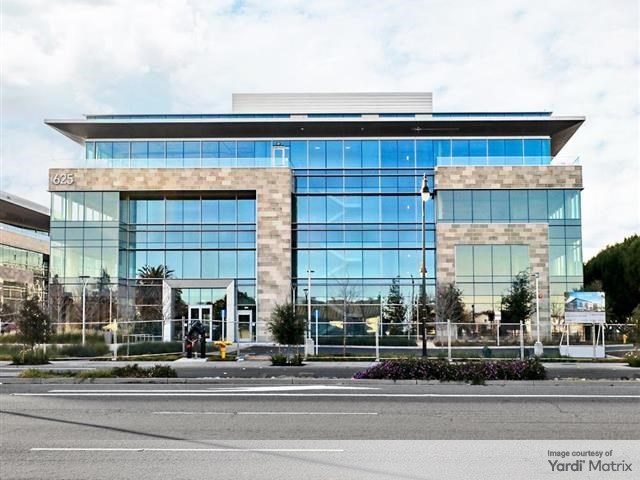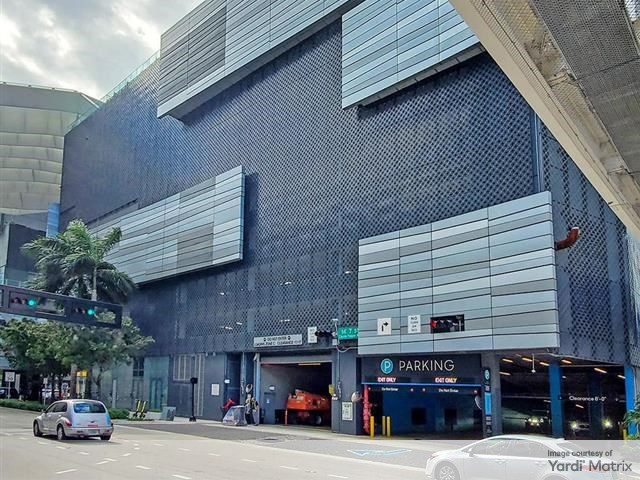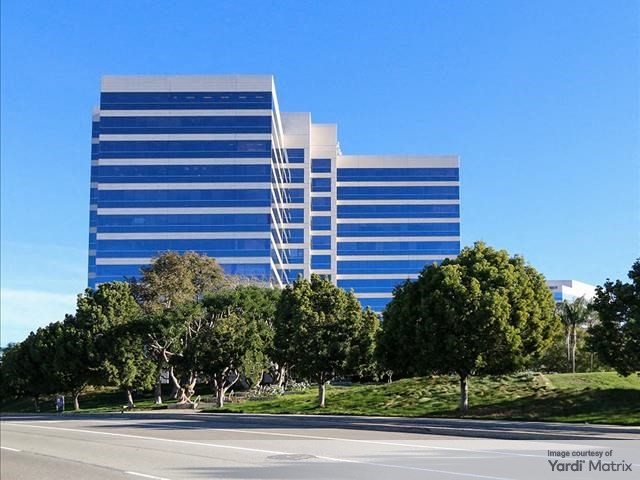A Just-the-Facts Look at Office Acquisitions
By Robert Dougherty, Buchanan Street Partners
It is difficult to prevent opinion from creeping into an analysis of real estate underwriting. In the end, our investments are predicated upon a series of assumptions, which are often colored by art as much as science.
By Robert Dougherty, Executive Vice President, Buchanan Street Partners
In the Dragnet television series from the 1960’s, one of the protagonists, FBI Sgt. Joe Friday, often asked his interview subjects to avoid editorializing with his now-famous refrain, “Just the facts, ma’am.” It is difficult to prevent opinion from creeping into an analysis of real estate underwriting. In the end, our investments are predicated upon a series of assumptions, which are often colored by art as much as science.
Nonetheless, if we take as given – without assessment or prejudice – a collection of underwriting assumptions, the returns which result from these variables are beyond debate (except perhaps in university math classes). In that vein, let’s consider generically U.S. office property acquisitions in the current climate. I’ll present below a series of assumptions which I believe to be broadly characteristic of the prevailing underwriting environment. Whether or not these inputs are accurate or appropriate is purely a matter of opinion, open to debate. Therefore, no judgment is made or implied which suggests that anyone underwriting with a similar outlook is either off-base or spot-on.
Instead, the attempt is to present “just the math, sir.”
Consider the acquisition today of a Class A-/B+ office building of 200,000 square feet, perhaps 2000/2001 construction, at 75 percent current occupancy with market grade tenancy. We’ll call it “Angels Plaza” after my favorite baseball team. Let’s view this as a “core plus” or modest value-add investment with no significant deferred maintenance or competitive disadvantages. The business plan is a straightforward lease-up play. Assume that prevailing annual market rent for Angels Plaza, in a 3-million person metropolitan area (i.e., not Manhattan, Los Angeles, or Washington, D.C.), is $27.00 per square foot full service gross and that rental concessions (free rent, lease assumption, etc.) average 8 percent. Operating expenses for the submarket are $11.75 per square foot annually, producing an effective net market rent of $13.00 per square foot annually.
Now, assume that the vast majority of this property’s rent roll was cast pre-2008, and that leases which have expired since that date (or tenant defaults) make up the 25 percent current vacancy. Let’s say the effect of this stale rent roll is that in-place rents are 8 percent above current quoted face rates and 18 percent above presently achievable effective rents. Let’s assume that a buyer is willing to acquire Angels Plaza at a 6.5 percent going-in cap rate, paying $40.0MM ($200 per square foot), with the ability to improve net operating income through lease-up of the currently vacant space and the buyer’s assumptions for a rising market tide.
As for lease-up assumptions, assume that 36,000 square feet of the currently vacant 50,000 square feet is absorbed over a 30-month period while, at the same time, the project deals annually with 10,000 square feet (20 percent) of existing lease expirations without experiencing any net occupancy loss. Stabilized occupancy is considered achieved when the project reaches 93 percent leased status (7 percent general vacancy assumption). Average occupancy for the first two years is 79 percent and 86 percent, respectively.
Let’s assume that tenant improvement costs average $35 per square foot for new leases (all second generation space) and $10 per square foot for tenant renewals, while leasing commissions are $6.75 per square foot (5 percent of lease value assuming an average 5-year term) for new leases and $4.00 (3 percent) for renewals. Assume existing tenants are renewed at a ratio of 70 percent. Finally, assume that the complex requires annual capital reinvestment of $.50 per square foot (approximately $100,000) annually and that these capital costs, operating expenses, and in-place rents escalate at a 2.5 percent assumed annual rate of inflation.
The buyer of Angels Plaza is an institutional investor which requires an average 6.5 percent return on investment (before asset management fees or other administrative costs) for assets of this risk profile. It eschews leverage as “financial engineering” and holds its investments free and clear. In this case, the buyer’s strategy is to hold the project for 5 years, benefiting from its lease-up and an assumed rising market tide. This buyer has a view that market face rents will grow by 5 percent in Year 1, 10 percent in Year 2, 10 percent in Year 3, 5 percent in Year 4, and 3 percent thereafter – 33 percent growth over 5-year hold period – while rental concessions will diminish to the point of inclusion within the 7 percent general vacancy assumption.
Unwilling to forecast long-term cap rates, the buyer would typically assume an 8.0 percent exit cap rate for a then 15-year-old office property. However, because assumed replacement cost for Angels Plaza today is $350 per square foot (75 percent higher than the purchase price and 52 percent higher than the buyer’s all-in basis of $46.0MM, $230 per square foot), the buyer is willing to underwrite a 100 basis-point reduction in the exit cap to 7.00 percent, producing an exit value of $52.0MM, or $260 per square foot.
With this set of assumptions, the buyer’s $40.0MM acquisition of Angels Plaza achieves for it a 9.1 percent unleveraged return on cost by Year 5 and 6.7 percent average annual ROC. Its 5-year unleveraged IRR is 8.9 percent; its gross profit is $20.1MM; and its investment multiple is 1.50x. If, however, annual market rental growth is 4 percent annually for the 5 years, and the exit cap is maintained at the buyer’s 8 percent “default” assumption, the investment IRR is 3.5 percent, and the investment multiple drops to 1.18x.
Investments like Angels Plaza are taking place all over the U.S. today – move up from center for San Francisco, ratchet down for Omaha. Agree or disagree with the assumptions, the math is the math.







You must be logged in to post a comment.